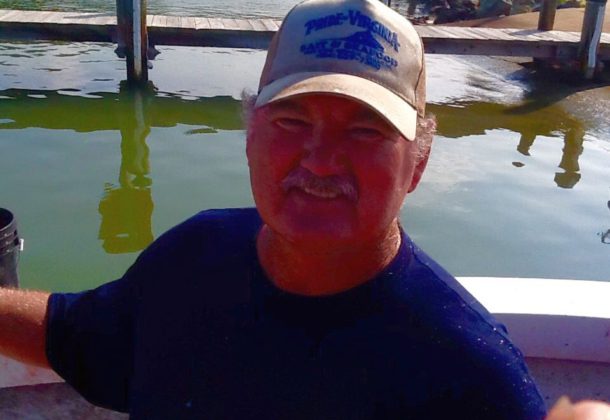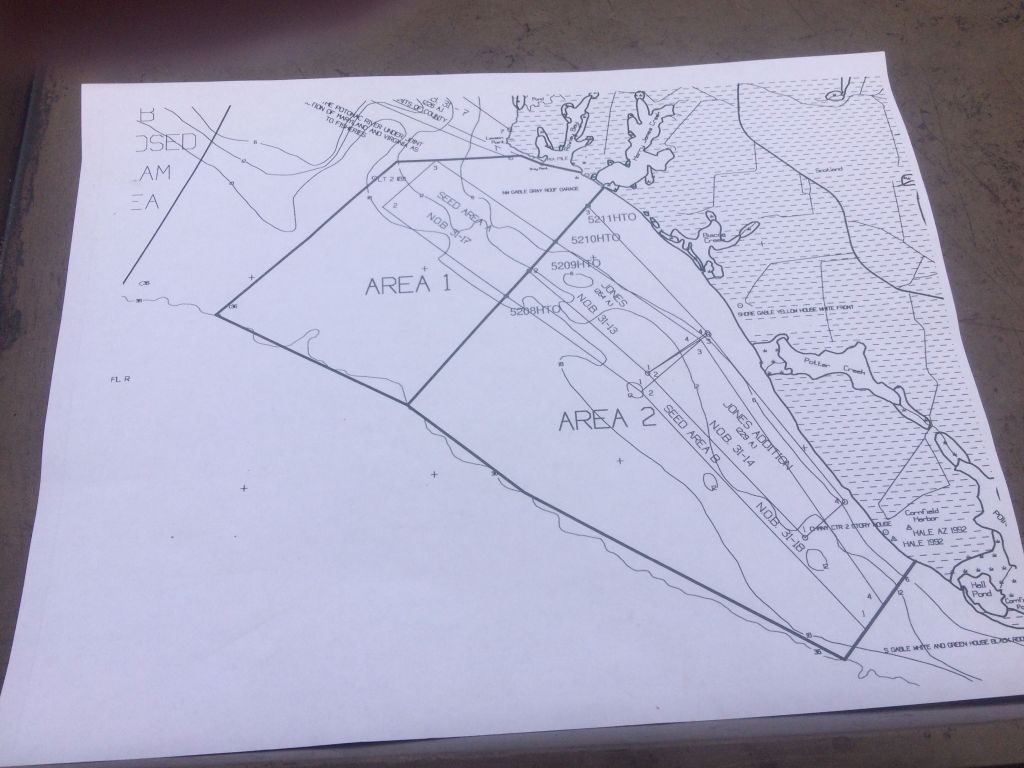Oysters Are In, Rockfish Out, Time to Prep Nets for Spring

Message from the Cap’n is a compilation of fishing advice, waterman and weather insights, Chesapeake lore, and ordinary malarkey.
Or, as the Cap’n puts it: News from the folks who keep their feet wet in the Potomac and St. Mary’s rivers.
The Lower Potomac water temperature is 43.6 degrees F and salinity is 18.7 psu (practical salinity unit). The salinity for this region is best suited at 12 to 13 psu for maximum growth and survival of oysters. Salinity reached the low 20s over the summer and still remains high for this area at 18.7 psu. Stress from this condition has caused 50 percent and higher mortality among the large oysters in areas at the mouth of the St. Mary’s River and the lower Potomac River.
Willie Dean, president of the St. Mary’s County Waterman’s Association since 2013 , states “that continued high salinity in this area is the biggest problem that the fisheries will have to deal with in the future.” In other words, we need rain and a lot of it to bring the salinity levels down. If salinity remains high, the springtime seed program should be shifted northward to lower salinity waters for better survival.
Waterman’s proverb: three extremely low tides in a row will bring “falling weather.”
Oyster news: The oyster season officially opened in October in Maryland waters. The Potomac River Fisheries Commission opened area 1 of Jones Shore to power dredging starting in November on Mondays, Wednesdays and Fridays for the remainder of the season. Prices have ranged form $50 to $70 per bushel and shucked oysters are selling from $25 to $30 in most stores.
Striped Bass: The 2016 Recreational Striped bass (rockfish) season ended Dec. 31 in the Chesapeake Bay and Potomac River. The recreational 2017 striped bass spring season will kick off April 15, all regulations, including dates, lengths and catch limits, will be posted at www.eregulations.com/maryland/fishing/striped-bass/.
Trap Nets (Pound Nets): Pound net fishermen are mending, rigging, and preparing nets and poles for the upcoming season which starts in February. Most poles are now bought by the trailer load from pulp wood companies. Each ‘stand. takes about 100 poles to complete. Needless to say this is a very expensive operation to undertake, costing more than $10,000 to get a small net “fishing.”
Till next time remember: It’s Our Bay, Let’s Pass It On
To learn about tours and trips into the Chesapeake, get more information on Fins + Claws’ Leader Member Page. Or give Jack Russell a holler at [email protected] or call 240-434-1385.

























Thought you might be interested on the info about oysters and salinity.